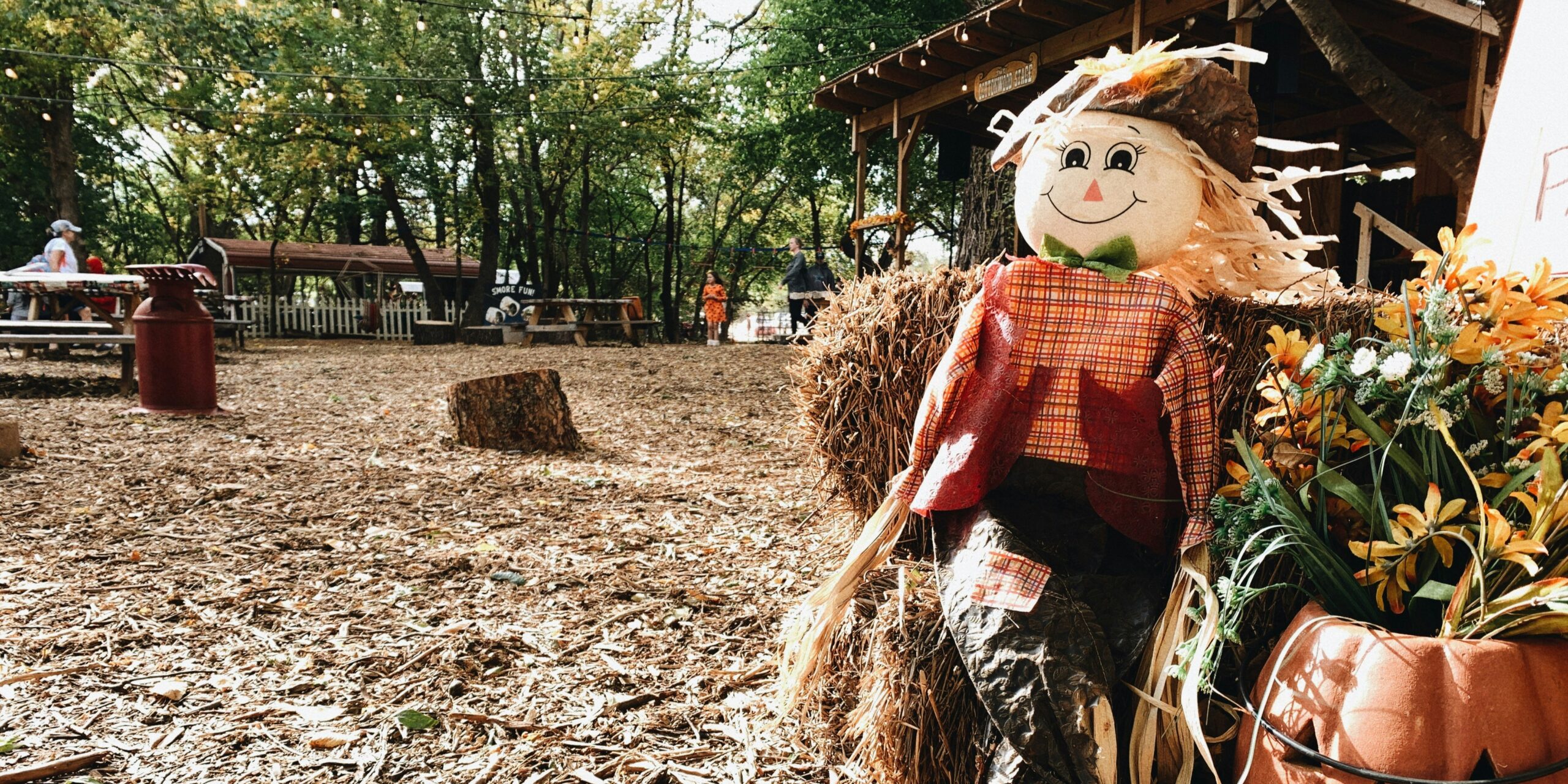Understanding the Scale of the Problem
Wildfires in California have become an ever-looming threat, wreaking havoc year after year and leaving destruction in their wake. In response to this escalating crisis, the government has enacted a multitude of strategies aimed at combatting these infernos and safeguarding lives and property. Let’s delve deeper into the government’s multifaceted response and the array of measures taken to mitigate the devastating impact of wildfires in the Golden State.
California, renowned for its diverse landscapes and Mediterranean climate, finds itself uniquely susceptible to wildfires. However, in recent years, the frequency and intensity of these wildfires have reached unprecedented levels, exacerbated by a myriad of factors including climate change, prolonged drought, and human activity. The state’s varied topography and rich vegetation render it particularly vulnerable, posing significant challenges to firefighting efforts and exacerbating the risk to communities.
Government Initiatives
In response to the escalating wildfire crisis, the California government has taken proactive measures to enhance firefighting capabilities, bolster emergency response mechanisms, and mitigate the pervasive risk of wildfires. These initiatives span a spectrum of endeavors, encompassing prevention, preparedness, and response strategies.
1. Fire Prevention
Prevention stands as the cornerstone of wildfire mitigation efforts. The government has implemented a suite of measures aimed at reducing ignition sources and curbing the spread of wildfires. These measures include:
- Public Education Campaigns: Launching comprehensive awareness initiatives to educate residents about crucial fire safety practices, such as proper disposal of cigarettes, the importance of clearing vegetation around homes, and adherence to burn bans.
- Vegetation Management: Undertaking controlled burns and vegetation clearing operations to diminish fuel loads in fire-prone areas, thereby reducing the likelihood and severity of wildfires.
- Building Codes and Regulations: Enforcing stringent building codes and regulations for new constructions in wildfire-prone zones to enhance structural resilience and minimize susceptibility to fire damage.
2. Early Detection and Monitoring
Timely detection of wildfires is paramount for facilitating swift response and containment efforts. The government has made substantial investments in advanced monitoring technologies and early warning systems to expedite wildfire detection. These measures comprise:
- Satellite Surveillance: Harnessing the power of satellite imagery to conduct comprehensive monitoring of large-scale fire outbreaks and track their progression in real-time, enabling authorities to deploy resources expeditiously.
- Fire-Weather Monitoring: Deploying a network of weather stations and sensors to continuously monitor meteorological conditions conducive to wildfire ignition and spread, thereby enhancing predictive capabilities and enabling proactive response measures.
- Collaborative Partnerships: Fostering collaborative partnerships with federal, state, and local agencies to facilitate seamless data sharing and coordinated monitoring efforts, ensuring a unified and efficient response to wildfire incidents across jurisdictional boundaries.
3. Enhanced Firefighting Resources
To effectively combat wildfires, the government has undertaken substantial efforts to bolster firefighting resources and capabilities. These endeavors include:
- Expansion of Aerial Firefighting Fleet: Making strategic investments in aerial firefighting resources, including helicopters and air tankers, to enable rapid deployment of firefighting teams and aerial suppression efforts, thereby gaining crucial leverage in the battle against wildfires.
- Augmentation of Firefighting Personnel: Increasing recruitment and training of additional firefighting personnel, including seasonal firefighters and inmate crews, to augment frontline firefighting efforts and enhance operational capacity during peak wildfire seasons.
- Strengthening Mutual Aid Agreements: Establishing and strengthening mutual aid agreements with neighboring states and jurisdictions to facilitate seamless resource sharing and mutual assistance during large-scale wildfire incidents, ensuring a coordinated and robust response across regional boundaries.
4. Community Preparedness and Resilience
Empowering communities to prepare for and respond to wildfires is integral to minimizing loss of life and property damage. The government has implemented a range of initiatives aimed at enhancing community preparedness and resilience, including:
- Development of Community Fire Preparedness Plans: Collaborating closely with local communities to develop comprehensive fire preparedness plans tailored to specific risks and vulnerabilities, encompassing proactive measures, evacuation protocols, and communication strategies to ensure swift and effective response to wildfire emergencies.
- Community Outreach and Education Programs: Conducting extensive outreach programs and educational workshops to disseminate vital information and best practices related to wildfire preparedness, evacuation procedures, and emergency communication channels, fostering a culture of resilience and community engagement in wildfire-prone areas.
- Training and Capacity Building: Providing ongoing training sessions and drills for residents, first responders, and community volunteers to enhance their readiness and response capabilities during wildfire emergencies, equipping them with the necessary skills and resources to effectively navigate and mitigate wildfire threats.
Wildfires continue to pose a formidable challenge for California, but through proactive measures and collaborative efforts, the government is striving to mitigate their impact and protect the state’s residents and ecosystems. By prioritizing prevention, early detection, bolstering firefighting resources, and fostering community preparedness and resilience, California is better positioned to confront the wildfire crisis head-on and safeguard its communities for generations to come. As the state continues to grapple with this ongoing threat, it remains imperative for government agencies, stakeholders, and the public to remain vigilant, proactive, and united in their efforts to combat wildfires and ensure the safety and well-being of all Californians.




